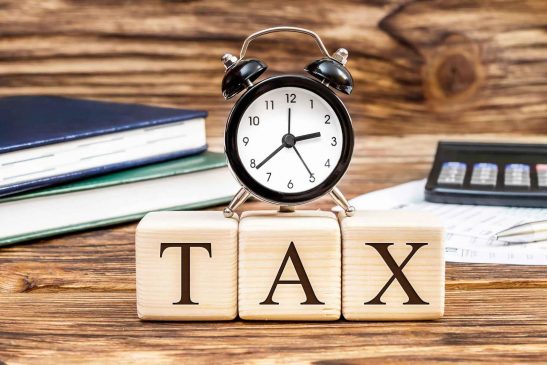In its endeavour to improve the taxpayer experience on the e-filing portal, the income tax department introduced Tax Information Network (TIN 2.0) last year. The entire tax payment has shifted from the erstwhile TIN-NSDL to TIN 2.0 with effect from April 1, 2023.
“The new e-Pay tax payment platform TIN 2.0 is an official portal of the income tax department with an objective to provide taxpayers with single window access to income tax-related services, including tax payments. Such a payment system is available on the e-filing portal, replacing the OLTAS-based payment system,” said Suresh Surana, Founder of RSM India.
Read More: Number of GST return filers up 65 pc in 5 yrs
As of now, a total of 26 banks, including state-owned and private banks, are on board. “Taxpayers of those specific banks will now have to visit the income tax department’s e-filing portal to pay their direct taxes,” said Prabhakar K S, Founder & CEO of Shree Tax Chambers.
How and where to access it? The taxpayer is required to log on to the Income tax portal https://www.incometax.gov.in/iec/foportal/. Wherein he can find a pre-login section ‘e-Pay Tax’ https://eportal.incometax.gov.in/iec/foservices/#/e-pay-tax-prelogin/user-details left side, which can be accessed using his PAN / TAN and one-time password, received over the phone. Alternatively, a taxpayer can use his bank’s website and use their Tax Payment/Collection of Direct tax features.
Surana said, “The new payment system is used for the purpose of making payment of taxes. It is based on the income tax e-portal, which taxpayers use for filing returns.”
What types of direct taxes can be remitted? Currently, a taxpayer can remit wide variety of direct taxes, including Advance Tax, TDS/TCS, Self-Assessment Tax, Income Tax on companies, Income Tax other than companies, Wealth Tax, Gift Tax, Banking Cash Transaction Tax, Fringe Benefit Tax, Surcharge Tax, Tax on Distributed Profits/Income, Secondary Adjustment Tax, Accretion Tax, Tax on Regular Assessment and Commodities Transaction Tax / Securities Transaction Tax.
Prabhakar K S said that the taxpayer can download the tax-paid receipts for his records immediately or after logging into the e-filing portal later or shall also receive a copy to his registered e-mail id from the tax department directly. “Those who wish to remit dues over the counter can generate a challan; however, it needs to be remitted within fifteen days from the date of generating it. In the case lapse, he needs to reinitiate the entire process,” he said.
Read More: Record surge in Advance Tax collection for Direct Tax signals economic growth
Some of the features of this new payment platform are as follows:
The new platform provides user-friendly modes of payment such as Internet Banking, NEFT/ RTGS, OTC, Debit Cards, payment gateway, and UPI. “The new facility comes with several advantages compared to the erstwhile OLTAS and provides user-friendly options for e-payment of taxes including Net Banking, Debit Card, Over the Counter, NEFT/RTGS and Payment Gateway options,” said Prabhakar K S.
As opposed to TIN 1.0, wherein there was no Challan expiry for transactions initiated from the TIN portal, in TIN 2.0, the Direct Tax Challan will expire 15 days before the transaction needs to be completed. If the payment is not completed within 15 days, the generated Challan will expire, and the customer will need to initiate a fresh transaction.
The challan would be available on the TIN portal only after generation.
Taxpayers have a wider choice of banks for payment of taxes. Besides, you may get credit or a refund on the same day.





































